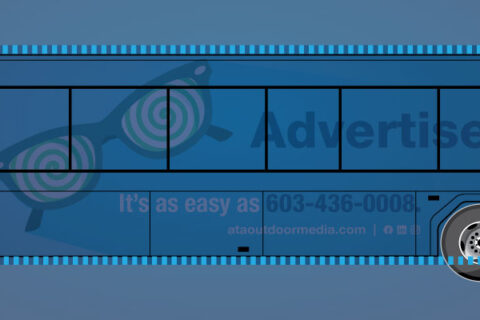Do QR Codes Really Live Up to the Hype?
QR codes have been around for quite some time now. Until recently, they hadn’t really caught on as a mainstream marketing tool.
Throughout the early days of the pandemic, people grew accustomed to scanning QR (quick response) codes to view restaurant menus, pay a bill or find health and safety information at medical offices. Pretty quickly, we saw QR codes on almost every storefront, countertop, check-out line and more.
Now on the other side of the pandemic, QR code usage has stuck around. Almost everyone with a smartphone can scan them with their camera, no special app needed. Now we are seeing QR codes everywhere, especially in advertising. It is a great way to connect the real-world with the digital world, that adds value to the consumer experience. Plus, you can simplify the consumer journey and bring potential customers to the exact online place that you want them to be.
With a quick search for “QR code generator”, there are several free resources that will create QR codes for you. There are options to create custom designs that are brand-centric, rather than put the simple black and white code on your pretty creative. You can also choose trackable codes, that can help you measure the effectiveness of a campaign or ad, as well as collect valuable first-party data, rather than rely on third-party data.
But before you add these scannable codes to your marketing collateral, it’s important to understand the best ways to use them.
Design: Expand beyond the basic black and white pixel design and create codes to match your branding. Be sure not to over customize, as they can be hard to scan, especially with some older phones. Integrate them skillfully into the design and verify they work by scanning them yourself.
Placement: Most formats in Out-of-Home Advertising allow audiences enough dwell time to scan and interact with your brand. If using a code on a billboard, make sure the code is large enough to be scanned from afar. This will allow viewers to scan even if they are not right in front of your ad. Locations like bus shelters and interior bus cards are a better bet, as they allow consumers to stop and engage with the creative for a longer time.
Simplicity: Make sure there is a clear call to action, so people know why they should scan. To get them to WANT to scan, you have to pique their interest with your creative and messaging.
Value: Give people direct access to added value. Make sure the code directs scanners to a specific link (e.g., now hiring ads link to the employment page, retail stores link to coupons, software companies link to free trials). Simply pointing a QR code at your site’s homepage isn’t likely to convert into action.
Here at ATA, we have seen quite a few advertisers use QR codes in their creatives. It is proof that this technology is more accessible and more widely accepted than ever. Adding QR codes to your marketing mix will help you to effectively reach potential customers.
More information on how outdoor advertising drives online engagement: CLICK HERE

